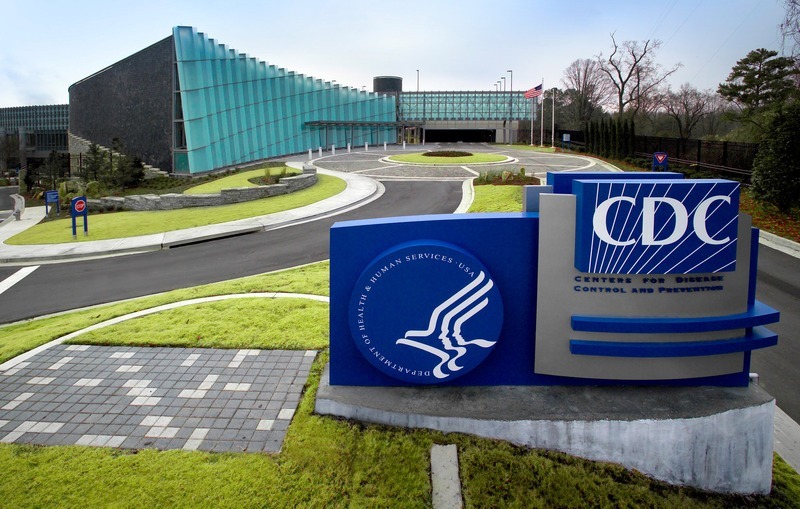
Despite the common notion that COVID-19 has a lower mortality rate among young people, Robert Redfield, director of the CDC (Centers for Disease Control and Prevention), has found that the coronavirus is, indeed, fatally affecting the younger population- but in a way that many did not expect.
Redfield states that "we're seeing, sadly, far greater suicides," and "far greater deaths from a drug overdose that is above the excess that we had as a background than we are seeing the deaths from COVID".
Redfield believes that the increase in suicides and overdoses are attributed to the shutdown of schooling, and the lack of resources due to the disaster. Because schools provide mental health services, food, socialization, and mandated reporting of abuse, many students have lost access to these resources and as a result, and are facing declines in mental health.
Furthermore, Susan Tellone, a clinical director at The Society for Prevention of Teen Suicide, adds, "some are stuck in toxic environments where they're around domestic, substance, or sexual abuse. It's the uncertainty that creates this stress. You can't make plans or know the future."
Additionally, the younger population has lost opportunities to socialize with their peers and attend once-in-a-lifetime events such as graduation, prom, etc.
Regardless of the devastating statistics, Tellone is hopeful that resources and research for mental health will increase. Susan believes that mental health will be more readily acknowledged, and thus, cause mental health resources to become more financially available.



















